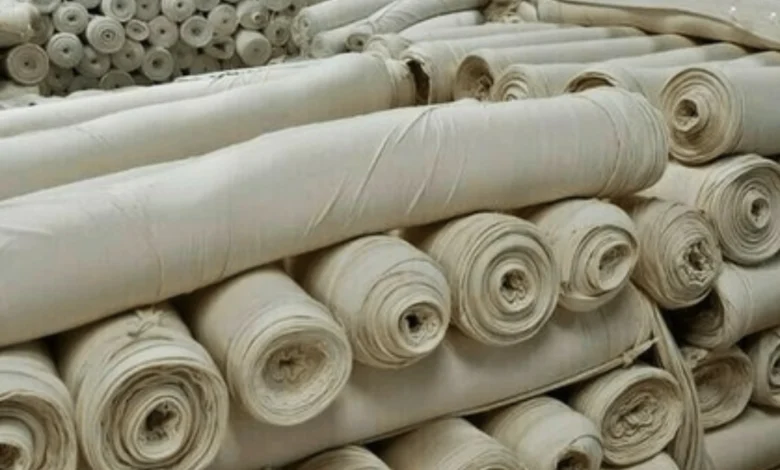India Among Top Textile Exporters Globally with 4% Market Share

| ➡️ Get instant news updates on Whatsapp. Click here to join our Whatsapp Group. |
India is ranked among the top textile-exporting countries in the world, holding a 4% share of global textiles and apparel exports, according to information presented in Parliament on Friday.
Minister of State for Textiles, Pabitra Margherita, revealed in a written reply in the Lok Sabha that the export of textiles and apparel, including handicrafts, increased by 7% during April to December 2024, compared to the same period the previous year. The United States, the European Union (EU), and the United Kingdom accounted for 53% of India’s total textile exports in the financial year 2023-24.
Government Initiatives Boosting Textile Industry
To strengthen the textile sector, the government is implementing several schemes aimed at modernizing infrastructure, enhancing production capacity, and improving export competitiveness. Major initiatives include:
- PM Mega Integrated Textile Regions and Apparel (PM MITRA) Parks Scheme
- This scheme aims to create modern, world-class textile infrastructure that integrates various stages of textile production.
- Production Linked Incentive (PLI) Scheme
- The PLI scheme focuses on boosting the large-scale manufacturing of MMF (Man-Made Fiber) fabric, MMF apparel, and technical textiles to enhance global competitiveness.
- National Technical Textiles Mission
- This mission supports research, innovation, and market development in the technical textiles sector.
- SAMARTH – Scheme for Capacity Building in Textile Sector
- The SAMARTH scheme provides demand-driven, placement-oriented skill development programs for the textile industry.
Other initiatives include Silk Samagra-2, which promotes the comprehensive development of the sericulture (silk farming) value chain, and the National Handloom Development Programme, which offers end-to-end support for the handloom sector to boost production and exports.
Supporting Handicrafts and Farmers
The Ministry of Textiles is also promoting handicrafts through the National Handicrafts Development Programme and the Comprehensive Handicrafts Cluster Development Scheme, which focus on improving the production and marketing of handicrafts.
To ensure a steady supply of cotton and to protect the interests of farmers, the government declares a Minimum Support Price (MSP) for cotton every year. This ensures that farmers receive fair prices even if market rates drop below the MSP.
Additionally, customs duty on Extra-Long Staple (ELS) Cotton has been reduced to zero from February 20, 2024. Under the India-Australia Economic Cooperation and Trade Agreement (ECTA), India can also import 51,000 tonnes of duty-free ELS Cotton annually.
Free Trade Agreements to Boost Exports
To expand export opportunities, India has signed 14 Free Trade Agreements (FTAs), including recent agreements with the UAE and Australia, as well as the TEPA (Trade and Economic Partnership Agreement) with EFTA countries – Switzerland, Iceland, Norway, and Liechtenstein. The country also has six Preferential Trade Agreements (PTAs) with various global trading partners.
The government is further supporting exports through the Rebate of State and Central Taxes and Levies (RoSCTL) scheme, which enhances the competitiveness of apparel exports by ensuring that they are zero-rated for taxes. Textile products not covered under RoSCTL fall under the Remissions of Duties and Taxes on Exported Products (RoDTEP) scheme, which also provides tax relief.
Promoting India’s Global Textile Presence
To increase India’s visibility in global markets, the government provides financial support to Export Promotion Councils and Trade Bodies through the Market Access Initiative Scheme. This assistance helps organize and participate in trade fairs, exhibitions, and buyer-seller meets at both national and international levels.
With these efforts, India’s textile industry, which boasts a strong base in natural fibers like cotton, silk, wool, and jute, along with man-made fibers, is aiming to further expand its presence in the global market. The industry’s manufacturing strength spans the entire value chain, from fiber to fabric to garments, making it one of the largest textile industries in the world.
